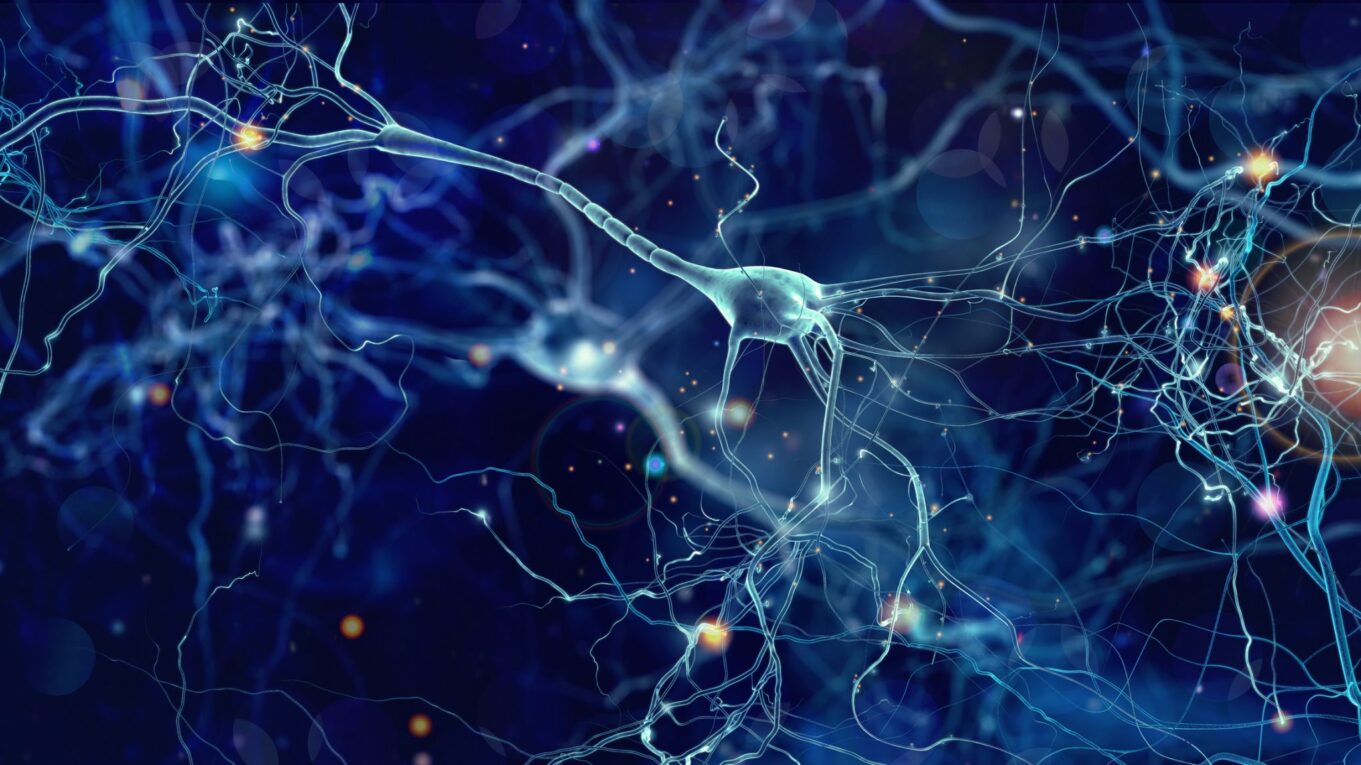A team of researchers from KTH Royal Institute of Technology in Sweden has made a significant breakthrough in the field of cell therapy by improving the technique for converting human skin cells into neural stem cells using a novel microfluidic device. This advancement could potentially bridge the gap towards accessible and personalized therapies for Alzheimer’s and Parkinson’s diseases.
The researchers have successfully employed a specially-designed microfluidic device to develop an expedited approach to reprogramming human skin cells into induced pluripotent stem cells (iPSCs) and further transforming them into neural stem cells. Saumey Jain, the study’s first author, explains that this platform could enhance the efficiency and affordability of cell therapy, making it easier to match and accept cells by a patient’s body.
The transformation from regular cells into neural stem cells is a two-stage process. In the first stage, cells are exposed to specific biochemical cues to induce them into pluripotent stem cells (iPSCs), which have the potential to generate various cell types. In the second stage, called neural differentiation, cells are transferred to a culture medium that mimics the signaling cues and developmental processes involved in the formation of the nervous system. This stage redirects cells to commit to becoming neural stem cells.
Anna Herland, the senior author of the study, notes that the new platform represents an improvement in microfluidics for both stages, iPSC generation and neural stem cell differentiation. By using cells from a human skin biopsy, the researchers discovered that the microfluidic platform enabled a more significant commitment to neural fate at an earlier stage than those differentiated in a conventional well plate format.
Herland states, “We have documented that the confined environment of a microfluidic platform boosts neural stem cell generation commitment.” Jain adds that the microfluidic chip is simple to fabricate using polydimethylsiloxane (PDMS), and its microscale size offers substantial cost savings in terms of reagents and cellular input.
The platform can be easily modified to facilitate differentiation into other cell types and can be automated, ensuring consistency and reliability in producing highly homogenous cell populations. This development marks a step towards making personalized cell-based therapies for Alzheimer’s and Parkinson’s diseases more accessible.
Collaborators in the consortium IndiCell from Karolinska Institutet and Lund University contributed to the study.
*Note:
1. Source: Coherent Market Insights, Public sources, Desk research
2. We have leveraged AI tools to mine information and compile it

